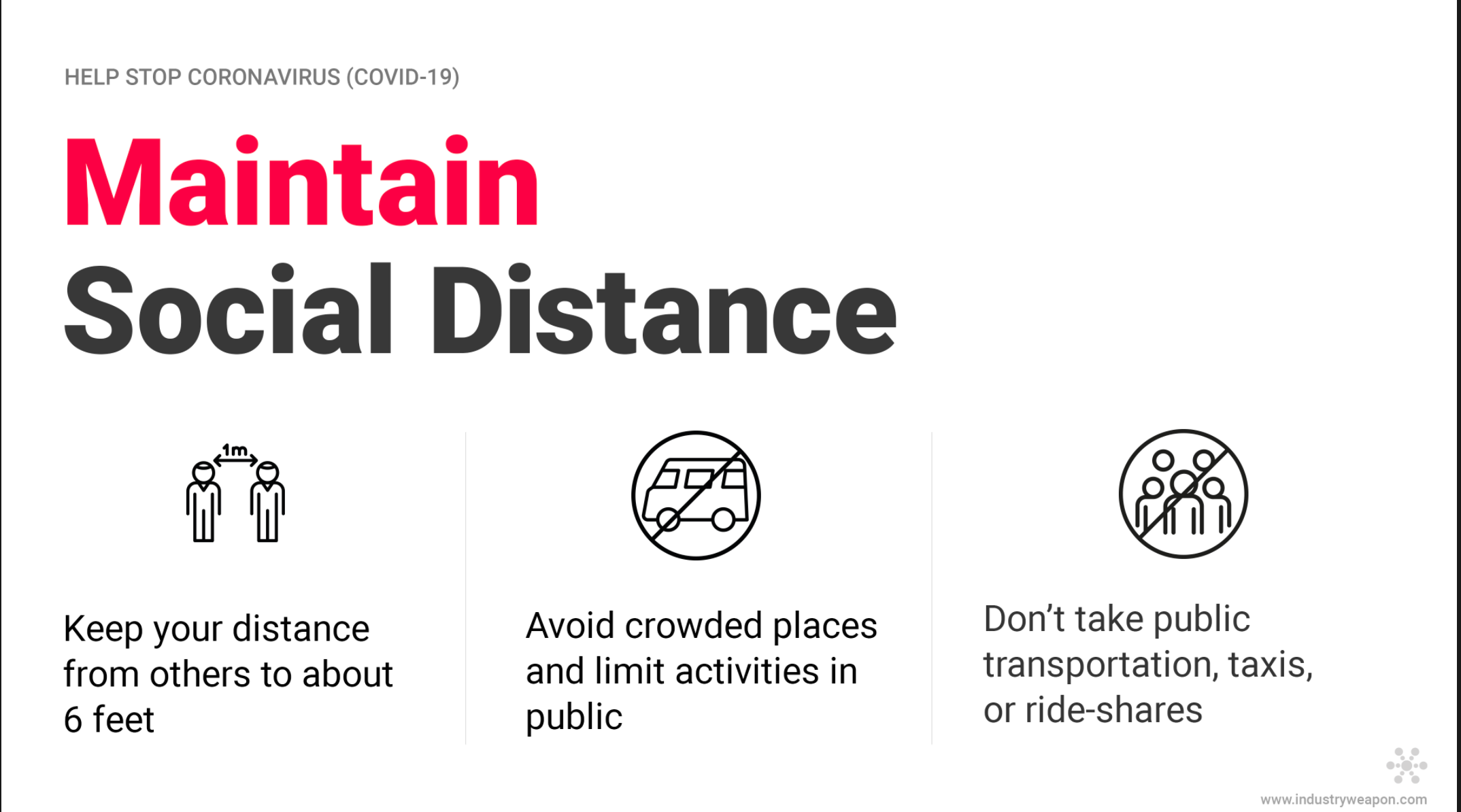We have seen an overwhelming amount of transformation in response to the pandemic that has impacted and altered most aspects of our lives. We also have seen the rapid digitization of businesses that are quickly reorganizing and launching new applications for ordering, pickups and engaging their customers in new and safer ways. The old adage that necessity truly is the mother of invention and innovation rings true.
But as humans we are both creatures of habit and social creatures – we seek to get back to some semblance of “normal”- and out of our shelters sort of like a forest slowly coming back to life after a storm. However, keeping people safe and healthy as they return to a more normal state will require innovation and transformation as social distancing is likely here to stay. Organizations are faced with a new predicament of needing to measure, track, remind and alert people in public spaces about how to stay safe.
As Sun-Tzu wrote 2500 years ago, “In the midst of chaos, there is also opportunity.” Many of us do not realize the power that is at our fingertips and the capabilities of our existing network infrastructures. As many people realize, the wireless network keeps a data lake of detailed data on which wireless access point the users are attached to as a normal part of wireless network operations, troubleshooting and analytics. The issue is how to organize this information and transform it into consumable form and how to get it in near real time for the information to be used.
As part of my organization’s digital transformation strategy, we started to employ a location-based services platform by Cisco, called Cisco DNA Spaces (DNA Spaces Web Page) . Until recently, we primarily utilized the platform for engagement via dynamic wireless portals, mobile user analytics and engagement. In early March of 2020 – as I was looking at our Cisco DNA Spaces portal – I saw that we had collected more than 1.6 Billion location updates over 2 years (yes, a WOW moment). I tried to imagine how we could use this location data to help ensure people’s safety as they return to the campus.
Partnering with Cisco’s DNA Spaces team, we began to work on some exciting use cases and applications that would solve the problem of measuring user density in near real-time. While faced with a limitation with Wireless 802.11, that location accuracy is limited to 9 meters (30 feet), we realized that we can get location accuracy down to less than 2 meters with BLE (Bluetooth). My organization has a prolific wireless 802.11 deployment, however, and deploying BLE sensors was going to be a significant undertaking. So we started working with what we had, which proved to be immensely helpful and more than sufficient.
The first step was to enable alerts based on the number of wireless devices in a building. We looked at the square footage of a building, allocated ~150sq feet per person/device for social distancing and came up with the maximum device capacity in an area. The alerts can be sent via e-mail, SMS, WebEx Bot or WEBHook to a variety of platforms.
Cisco DNA Spaces is a platform that is rich with APIs, so the next step was to provide more visual cues to visitors. We began integration with our digital signage system (Industry Weapon), to display the building’s maximum safe capacity and current occupancy level when people enter a building- so they can make a data-driven decision to enter the facility or not.

Since we had already connected our Wireless Controllers (WLCs) connect to Cisco DNA Spaces (which only takes about 5 minutes), I needed to export the floor maps and wireless access point locations from Cisco Prime Infrastructure and import them into Cisco DNA Spaces. (You will be able to do this soon from Cisco DNA Center as well.) After your hierarchy is imported into DNA Spaces, you will be able to configure an unlimited number of capacity alerts and triggers. You can set alerts at campus level, building level, within virtual zones, or on any AP grouping you desire.
There are still several interesting hurdles to overcome. One is that not everyone carries a wireless device – examples being young children and nearly 20% of the population that does not have a smartphone. Or, in meeting rooms when only a presenter is using wireless, the accuracy of occupancy reports can be hindered. To overcome some of these scenarios, we can issue “visitor Wi-Fi Badges” or use the Cisco DNA Spaces integration with the Meraki MV cameras (Meraki Smart Camera webpage), which have video analytics and artificial intelligence built into the camera to count people and feed the data into DNA Spaces. Ideally, you can use the cameras to count people entering and exiting and then use wireless to measure density based on rooms, area or floors with-in the 9-meter accuracy level.
What I found amazing is that using our existing Cisco wireless network, combined with the Cisco DNA Spaces platform (which comes with your DNA Advantage license), we are able to leverage our existing investments to quickly create a safer environment based on real-time, data-driven decisions.
Learn more about Cisco DNA Spaces
Learn more about Cisco Wireless and Mobility Solutions
Subscribe to the Networking blog



Thanks for your insight.
That was a nice use case and very relevant. Looking forward to seeing some of your results in a future post..